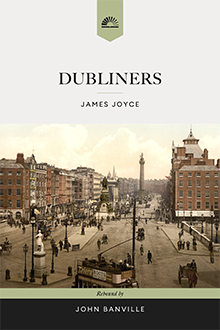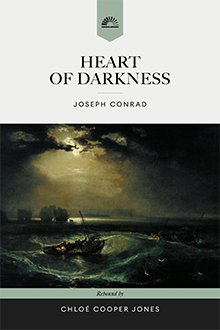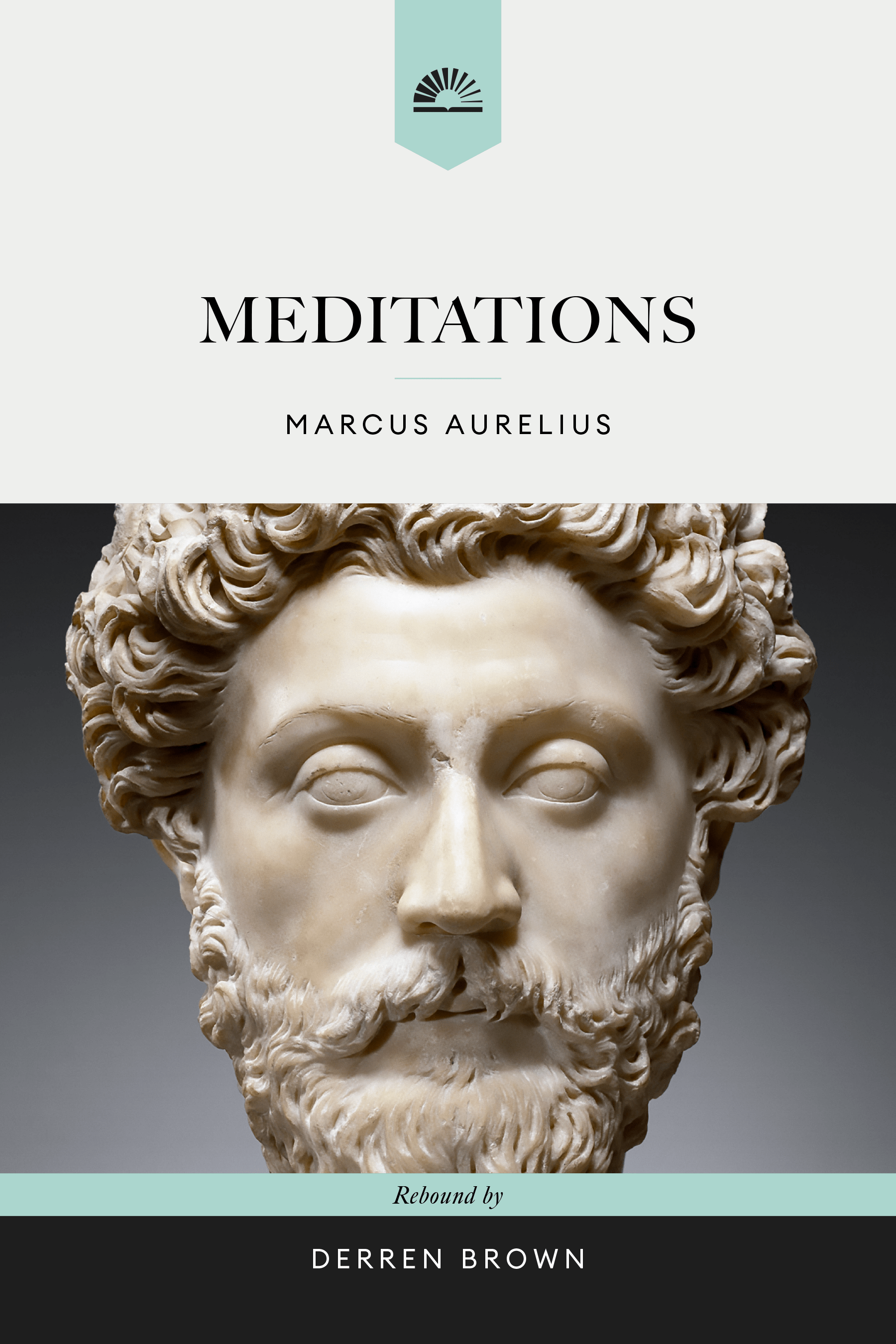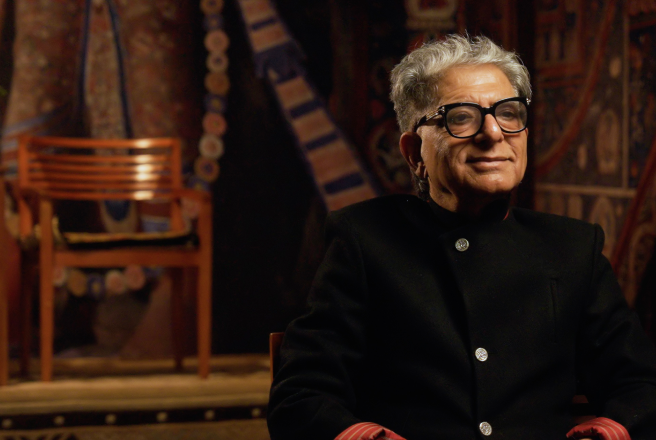Read. Watch. Discuss. Repeat.
Rebind's goal is to open challenging and inspiring books to readers.
About Frankenstein
1818
The summer of 1816 was extraordinarily dreary—known as “the year without a summer” due to volcanic ash blocking the sun. While vacationing near Lake Geneva, eighteen-year-old Mary Shelley, her lover Percy Bysshe Shelley, and their friend Lord Byron found themselves confined indoors by constant rain. To pass the time, Byron proposed a ghost story competition. While the others soon abandoned their efforts, Mary’s tale took on a life of its own, evolving into what would become Frankenstein; Or, the Modern Prometheus, published anonymously in 1818.
What makes Frankenstein remarkable is its innovative structure—a story within a story within a story. The novel begins with explorer Robert Walton’s letters to his sister, within which Victor Frankenstein tells his tragic tale, which ultimately includes the creature’s own heart-wrenching narrative. This layered approach creates a complex meditation on perspective, truth, and who gets to tell their story. The novel’s genius lies in allowing readers to see beyond Victor’s condemnation of his creation to witness the abandoned creature’s loneliness and thwarted capacity for love.
Beyond its reputation as a horror story, Frankenstein offers unforgettable insights into the human condition. The creature’s plea for understanding resonates with anyone who has felt rejected or misunderstood. His transformation from benevolent being to vengeful monster serves as a warning about the consequences of our inability to accept difference. Charlotte Gordon reveals another dimension to this classic: a feminist critique showing the devastating effects of a world where women are silenced and male ambition goes unchecked. Two hundred years after its publication, Frankenstein continues to challenge readers with its timeless question: What do we owe to that which we create?
Mary's attention to the creature's point of view turns her novel from a Tale of the Supernatural to a complicated psychological study. Frankenstein is not simply the story of a brilliant inventor and his invention. It is the story of what happens after the act of creation.
REBIND FEATURES
You might like
~The world's most intriguing guides open up their favorite books for you.
Tour the classics with a companion and read deeper.
Stay updated on new book releases and features
By signing up for our email list, you indicate that you have read and agree to our Terms of Use.
We respect your privacy.








